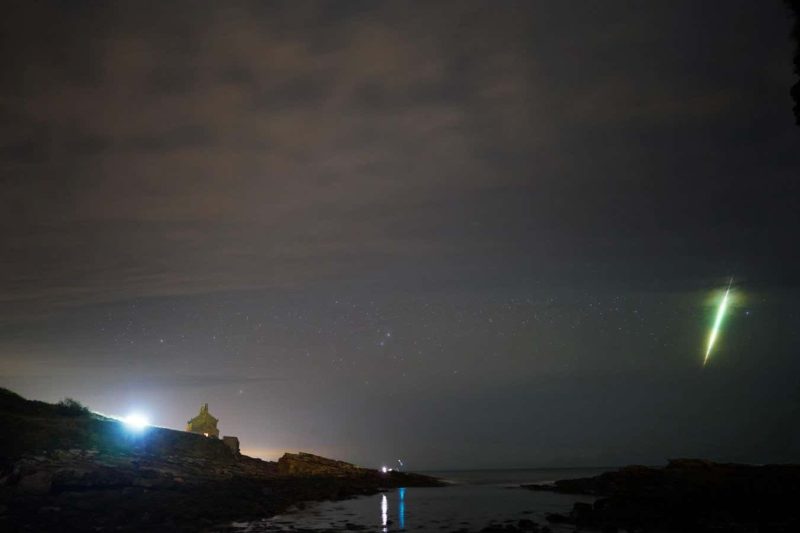Are you ready for the Draconid meteor shower happening between 6 and 10 October? The peak of this meteor shower is expected on 9 October. Although the Draconids are not as active as other meteor showers, they are still worth watching if you are in the northern hemisphere. With little moonlight during the peak, you can expect to see about 10 meteors per hour if you have dark and clear skies.
Understanding Meteor Showers
Meteor showers occur when Earth passes through clouds of debris left by comets. These debris particles, usually the size of a grain of rice, enter the Earth’s atmosphere at high speeds, causing friction and resulting in a flash of light across the sky. The Draconid meteor shower, also known as the Giacobinids, is caused by the debris left by comet 21P/Giacobini-Zinner, which orbits the sun every 6.5 years.
How to Watch the Draconid Meteor Shower
To view the Draconids, you don’t need to pinpoint their exact source. The meteors will fly across the sky in all directions, but the radiant point is in the constellation Draco. Choose an evening with clear skies and minimal light pollution, ideally just after midnight. Find a comfortable spot and observe the sky. The meteors will streak across the sky in a matter of seconds, making them easy to spot.
Finding the Constellation Draco
If you want to locate the radiant point of the Draconid meteor shower, look for the constellation Draco. One way to find it is by identifying the summer triangle, which consists of three bright stars: Altair, Deneb, and Vega. Draw a line from Altair to Vega, and continue in that direction to locate Draco. Another method is to use the constellation Ursa Major and the pattern known as the Plough or the Big Dipper. Follow the line from the outer stars of the Big Dipper’s bowl to the pole star, Polaris, then draw an imaginary line perpendicular and to the left to find Draco.
Enjoy the upcoming Draconid meteor shower by following these tips and embracing the beauty of the night sky!








